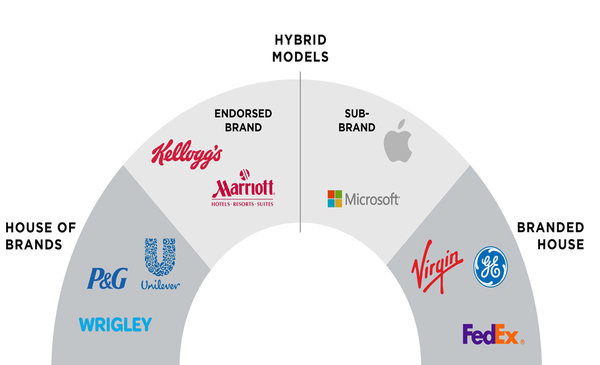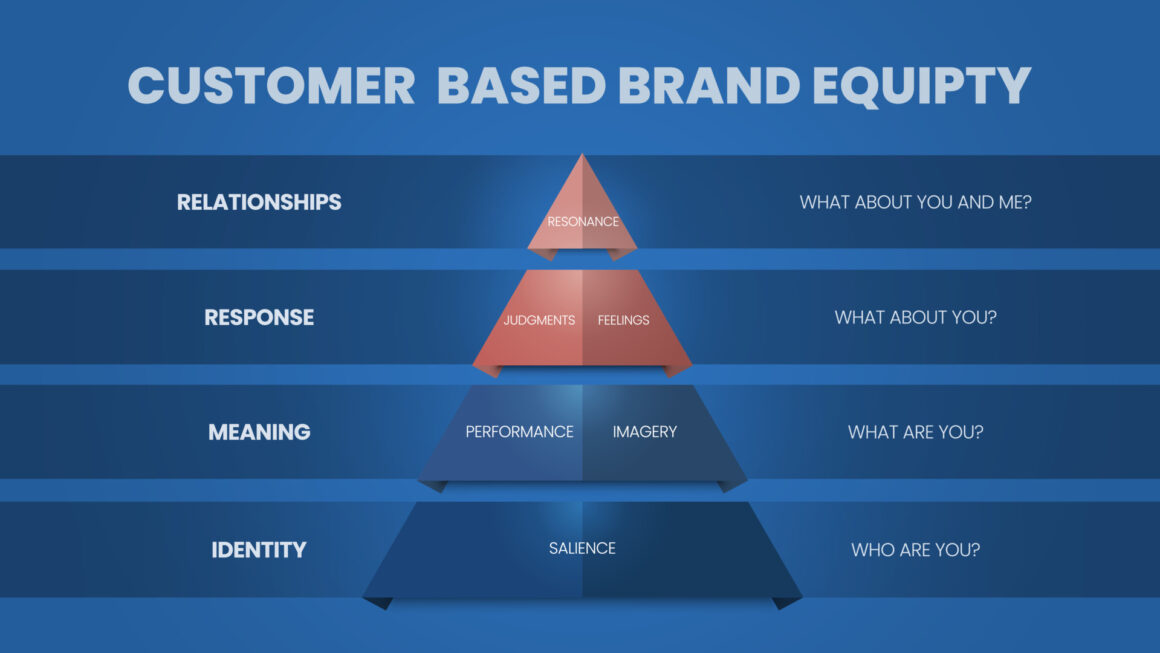Sometimes it is so obvious but we don’t see it coming, for example, some of the brands which come under a well-known parent company but we aren’t aware of this fact about brands mergers and acquisitions.
Why Brand Architecture?
Whenever you are offering some products or services you want your company to be intact from internally, brand architecture does this. Sometimes your brand recognition comes from your parent company, you can target an untapped market, and it helps you build your brand identity, betterment for expansion and flexibility within services or products. From this, you maximize your brand equity.
And moreover, never think that your brand is not suitable for brand architecture. Planning for possibilities to gain more control of your brand helps you to grow. Every big organization started from one basic brand now they are leading the way for their customers in their respective sectors or diversified sectors.
Brand Architecture
Brand Architecture is the structure of brands within an organization, basically, the portfolio of a company comprises brands related to or differentiated from each other. Brand architecture decides the depth and breadth of your company portfolio.
Types of Brand Architecture
House Of Brands
House of Brands is an architecture that has various brands that come under a single parent company. There are completely different divisions, promotions, and activities of that brand but it comes under one single name. They need not be related to each other.
For Example, Bennett, Coleman & Co. Ltd. is the parent company name. Now you can see this in the infographic below, they have several divisions and have well-known brands under one roof but the brands are unrelated to each other and have their different consumer base, promotional strategies, and brand image.
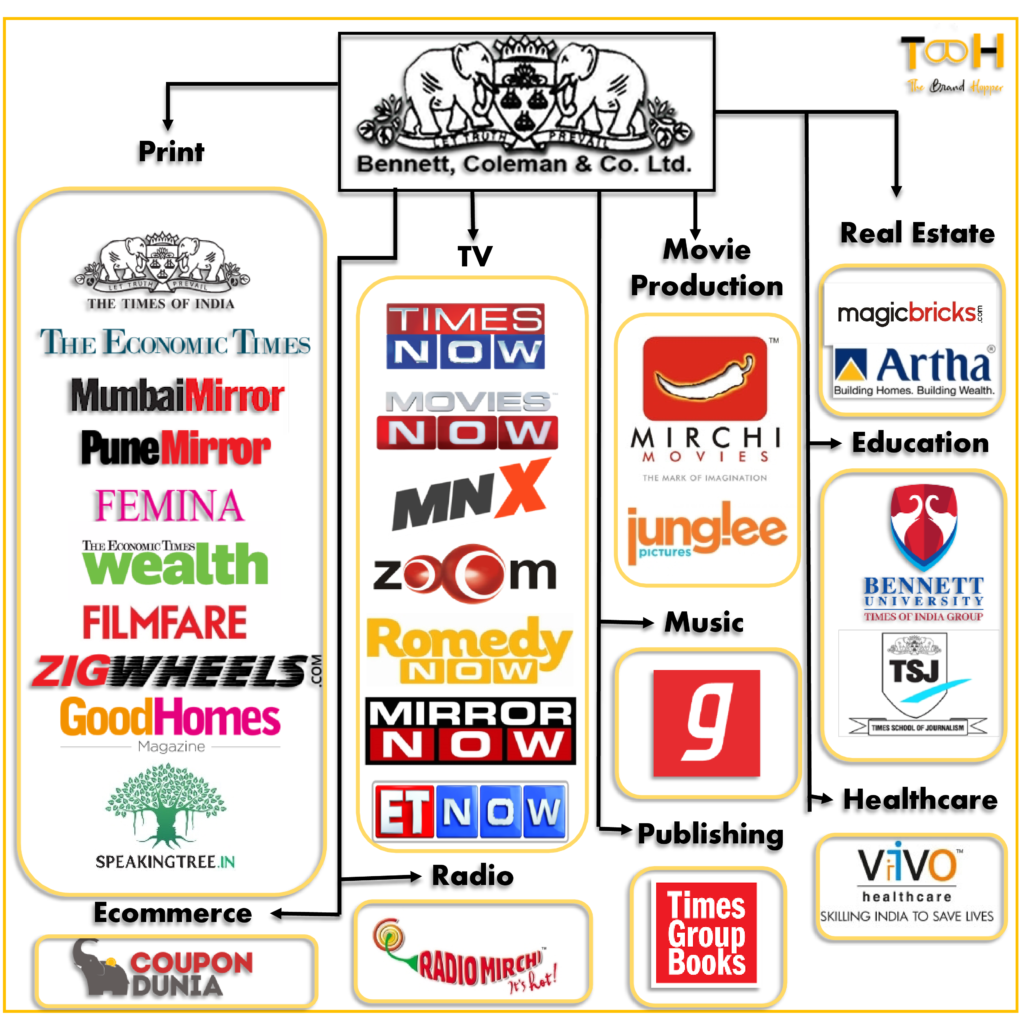
Branded House
In this architecture, families of the same brand name exist, they follow a brand structure like parent name and child name structure. A master brand is a brand that drives the power of others under the name. This architecture is also known as monolithic brand architecture.
For example, FedEx corporation is a master brand name that encompasses FedEx services, FedEx Express, FedEx Ground, FedEx Freight. Here the main idea behind such names is leverage parent company brands’ strong visual presence.
Some other examples such as Google, Apple.
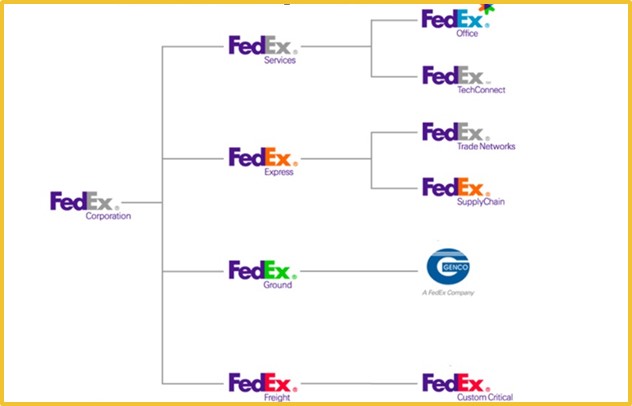
Hybrid Architecture
As the name itself suggests the blend of both architectures which are mentioned above, hybrid architecture comes from a Combination of branded house and house of brands. This usually happens in case of mergers and acquisitions of brands when the major stakeholders here is the consumer base the brand value and brand name carries so when it’s acquired by any parent company they try not to harm the brand image & values. So in this case they need to mold their architecture somewhat and then it turns to hybrid. This architecture is also known as Endorsed Brand Architecture.
For Example, Marriott International has hybrid brand architecture in which they have classic and distinctive in three categories luxury, premium, and select which mainly consist of so many brand hotels, restaurants, and suits.
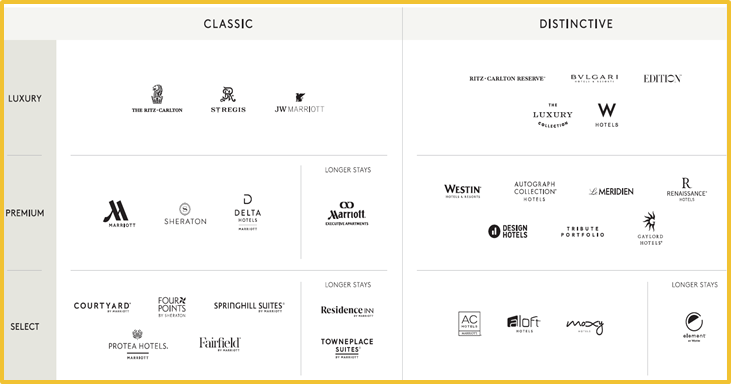
Key steps when deciding Brand Architecture?
Products introduction
a. Looking at this step according to the growth perspective try for the expansion and product development according to ROI opportunities
b. Brand extensions should lead you to maximize the equity of the parent
A number of levels:
a. Decide your levels of architecture carefully and keep it as simple as possible.
b. The relationship and logical aspects of brands employed at this stage should be transparent and clear.
Awareness and association between brands at each level:
a. Create abstractness but relevant across employed product categories as possible.
b. Differentiate your individual items and brands.
Linkage of brands with different levels of product:
a. The relative prominence of the brand elements affects perceptions of the distance of the product and the type of image created for new products.
Link Brand across product:
a. Find common elements between the products so that it can create stronger links.
Brand Architecture is the best way to bring success to your company. Follow some basic guidelines for design and refine your brand structure well.
You may also like
